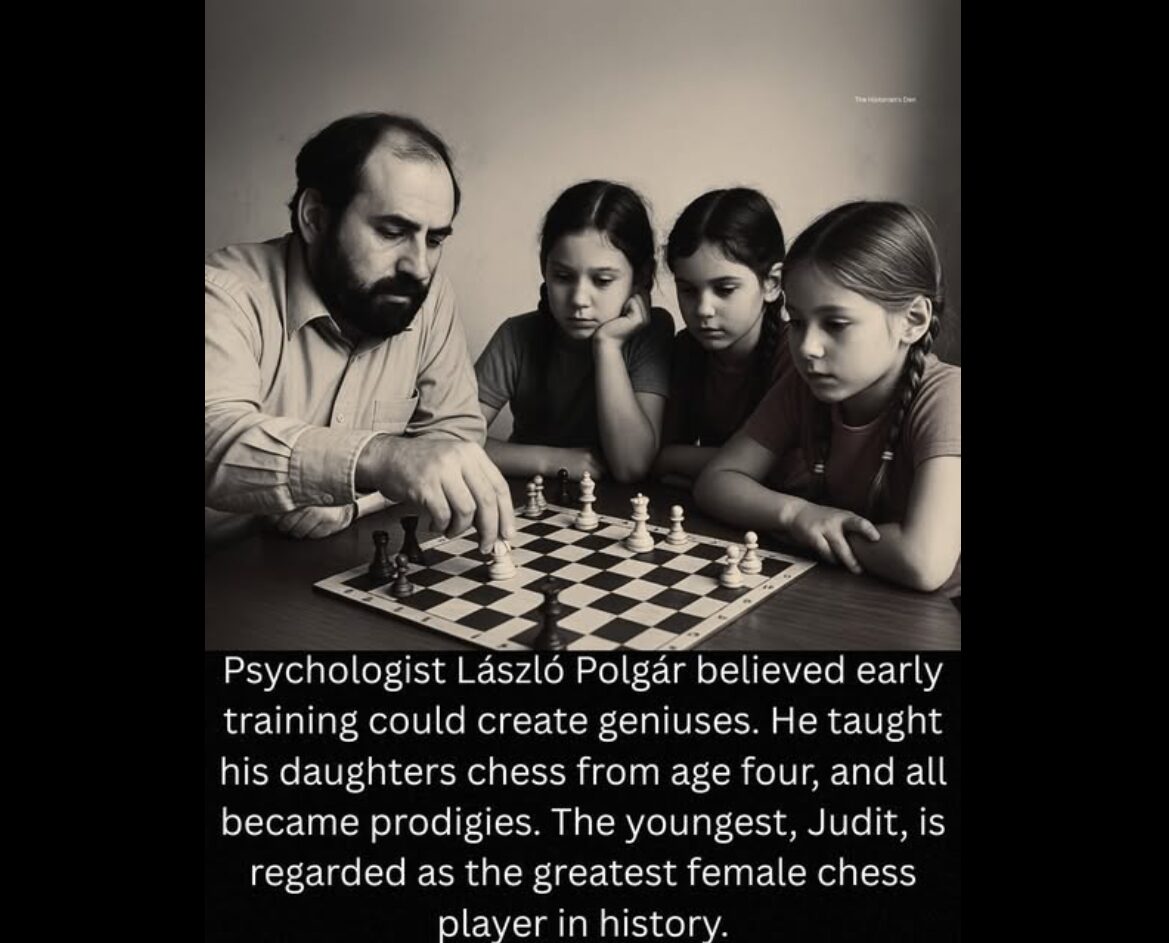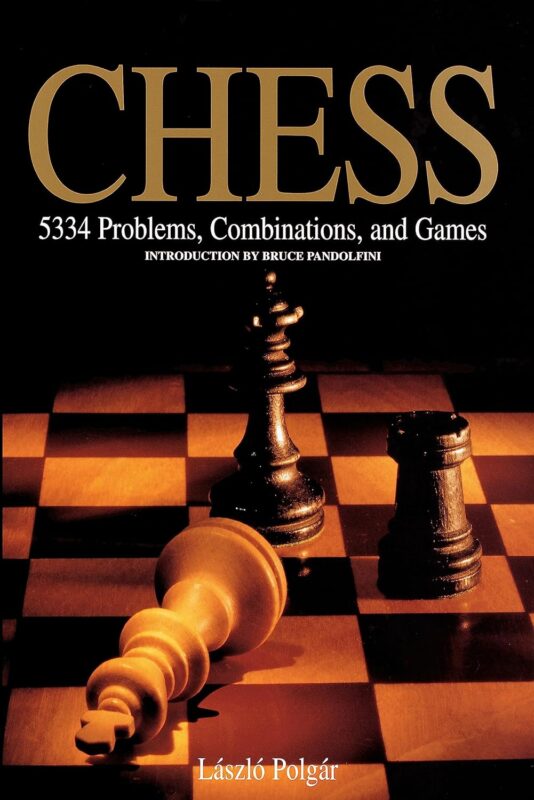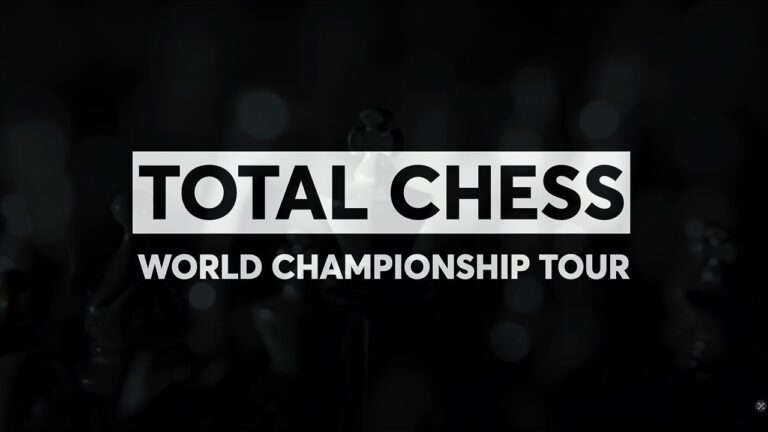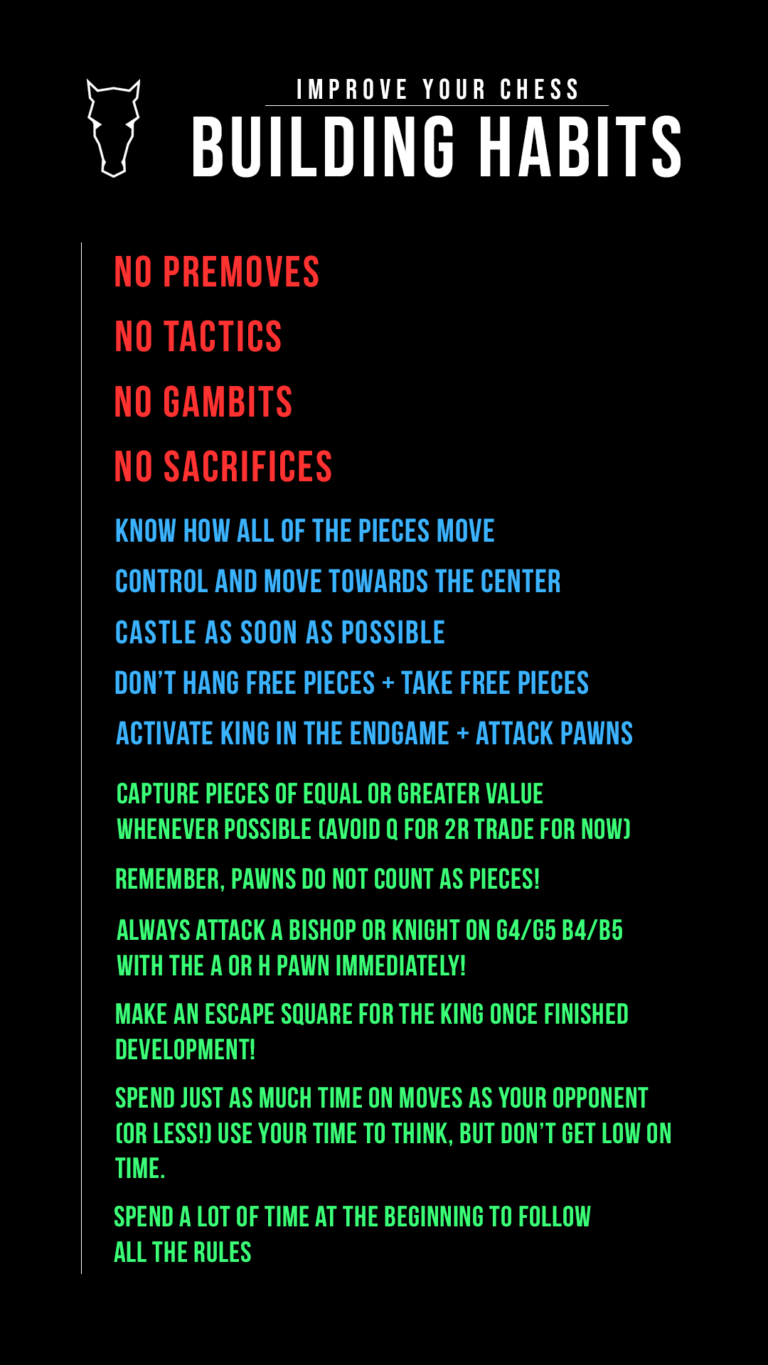Three girls excelling in chess, a men’s game..
The Chess Experiment That Will Change the Way You Think
László Polgar believed that geniuses are made, not born, and set out to prove it by creating a chess prodigy through intense, focused education.
He sought a woman who would agree to have children specifically for this educational experiment, and eventually married Klara, who supported his vision.
Together, they homeschooled their daughters in a chess-saturated environment, isolating them from distractions and using structured, joy-filled training to mold them into world-class players — proving his theory on nurture over nature.
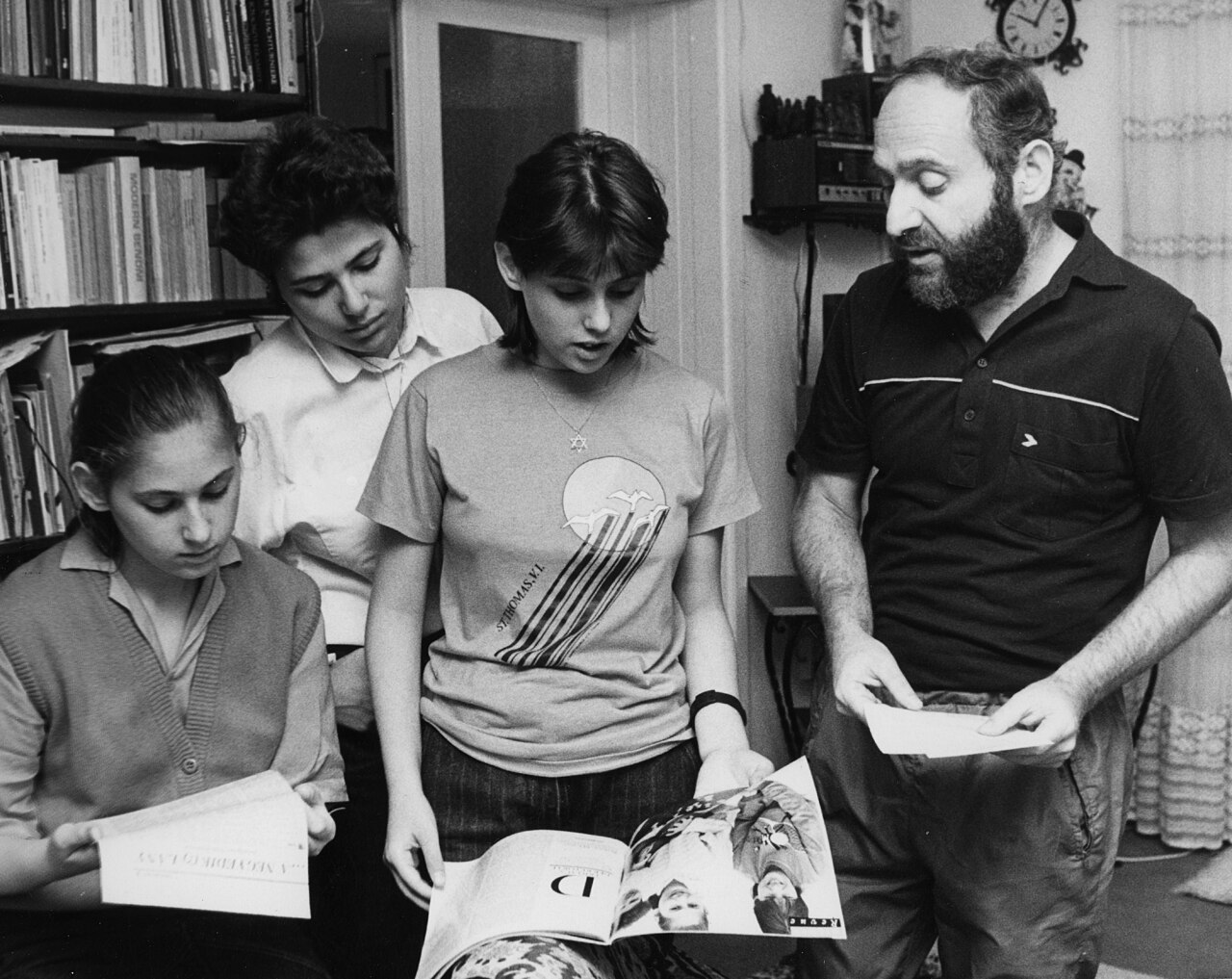
Let’s heard form the man himself: Laszlo Polgar
“When I looked at the life stories of geniuses… I found the same thing…They all started at a very young age and studied intensively.”
“A genius is not born but is educated and trained….When a child is born healthy, it is a potential genius.”
“With a simple premise: that any child has the innate capacity to become a genius in any chosen field, as long as education starts before their third birthday and they begin to specialize at six.”
“Later, chess for me became a sport, an art, a science, everything together.” – Judit Polgar
Recipe for genius: How child chess prodigies master the game
“Women are able to achieve results similar, in fields of intellectual activities, to [those] of men. Chess is a form of intellectual activity…. Accordingly, we reject any kind of discrimination in this respect.” – László and Klara Polgár
And the results were ashtonishing.

Susan Polgar

| Born | April 19, 1969
Budapest, Hungary
|
|---|
| Title | Grandmaster (1991) |
|---|---|
| Women’s World Champion | 1996–1999 |
| FIDE rating | 2577 (July 2025) [inactive] |
| Peak rating | 2577 (January 2005) |
Sofia Polgar

| Born | November 2, 1974 Budapest, Hungary |
|---|---|
| Title | International Master (1990) Woman Grandmaster (1990) |
| FIDE rating | 2450 (July 2025) [inactive] |
| Peak rating | 2505 (July 1998) |
Judit Polgar

| Born | 23 July 1976 Budapest, Hungary |
|---|---|
| Title | Grandmaster (1991) |
| FIDE rating | 2675 (July 2025) (inactive since September 2015) |
| Peak rating | 2735 (July 2005) |
| Peak ranking |
|
🧠 How Polgar Created Three Chess Prodigies — And What He’d Do With You
Raising Grandmasters in the Living Room
László Polgar didn’t believe in talent. He believed in training, love, and an insane work ethic. So in the late 1960s, he set out to prove a theory: Geniuses aren’t born — they’re made.
His lab? His home.
His guinea pigs? His own daughters.
His obsession? Chess.
By the time the dust settled:
- Susan Polgar became the first female grandmaster to earn the title through tournament play.
- Sofia Polgar scored one of the greatest tournament performances of all time.
- Judit Polgar became the strongest female player in history, beating Kasparov, Karpov, Anand, and Topalov — all world champions.
So how’d he do it?
📚 Polgar’s Education Formula (a.k.a. Grandmaster Bootcamp for Toddlers)
- Early Specialization
He picked one domain: chess. Then started Susan at age 4. - Immersive Environment
No TV. No distractions. Just books, puzzles, and play.
The house was a chess jungle gym — every wall had diagrams, puzzles, rankings. - Massive Repetition
The girls solved thousands of tactical puzzles before most kids could tie their shoes. - Play for Joy, Not Pressure
Despite the intense training, chess was always made fun. László knew joy fuels memory. - Deliberate Practice
They didn’t “play” chess. They trained. With feedback, goals, and structure. - Public Competition
He put them into tournaments early. Losing wasn’t failure — it was data.
7 hours of chess instruction everyday.
And guess what? It worked. He didn’t just raise chess champions — he raised confident, brilliant thinkers.
But that was for kids.
What about you?
Three Black baby boys from the Third World..
“break the racial barriers in the virtually all-white chess world”
In 1992, László Polgár wanted to repeat his feat by adopting a three Black baby boys from the Third World and training them to become chess prodigies just like he did with his three daughters. While László was eager to pursue the idea, his daughter Susan noted that their mother ultimately talked him out of it, recognizing that life was about more than just chess—and that the responsibility would likely fall on her.
But what about an old white dude?
What about me?
What If Polgar Trained a 50-Year-Old Noob (me)?
Let’s say you’re 50. No chess background. All you’ve got is the dream of not being trash online. Could Polgar turn you into an expert?
Actually… yes.
But not a Judit. More like a solid 1800-rated slayer of casuals.
Here’s how he’d do it:
🔥 The Polgar Plan for the Late-Blooming Warrior
- Burn the Boats
- You delete TikTok.
- You cancel Netflix.
- Your phone becomes a chess weapon — not a dopamine dispenser.
Polgar would make chess the center of your cognitive life.
- Drill Until You Dream in Forks
- Every day: 30–100 tactical puzzles.
- Patterns: Repetition until you don’t think, you see.
- Tools: Polgar Puzzle Bible, Chess.com, CT-ART, Lichess Drills.
- Structured Study Plan (Like a Syllabus)
- Mornings: Tactics + Endgames
- Evenings: Play + Analyze
- Weekends: Study Master Games
He’d treat your growth like a school subject — with objectives, checkpoints, and tests.
- Play with Purpose
- Blitz? Rare.
- Rapid (15|10)? Main dish.
- After every loss: Find the 1 reason why you lost — and fix it.
- Progressive Complexity
- Start with “Mate in 1.”
- Graduate to “Endgames with Imbalances.”
- By year 2, you’re solving complex middlegame studies and laughing at the ghost of your 700 ELO self.
- Build a War Room
Your home gets a physical space.
Board. Books. Clock. Notes.
You’re not “playing chess” — you’re training for battle. - Ignore the Age Myth
You’re not too old. You’re just finally focused.
He’d likely push his new guinea pig for 4 to 6 hours per day, broken into focused, purposeful segments.
Here’s how it might realistically look:
🕒 Polgar Daily Schedule for a 50-Year-Old Noob
| Time | Activity | Notes |
|---|---|---|
| 1 hr | Tactical Drills | Polgar Puzzle Bible, Mate in 1–3, forks, pins, skewers. Repetition is king. |
| 30 min | Endgame Study | Silman’s Endgame Course or Chessable drills. Build your foundation. |
| 30 min | Opening Principles | Not memorization — understanding why. Study structure, not lines. |
| 1 hr | **Play (Rapid 15 | 10 or 30 |
| 30 min | Game Review | Go over your losses. Find your biggest mistake and fix it. |
| 30–60 min | Annotated Master Games / Strategy Book | Read slowly. Absorb ideas. Think like a GM. |
🧠 Total: ~4 to 6 hours per day
And if you’re serious, 7 days a week.
Polgar didn’t do rest days — he did chess as a lifestyle.
But wait a minute, in real Polgar’s fashion. He would probably force his new experiment to move to his appartment.
He wouldn’t just assign you homework — he’d rebuild your entire environment into a chess dojo.
🏠 Welcome to the House of Chess
If László Polgar took on a 50-year-old rookie, here’s what would actually happen:
-
🔒 Isolation: You’re moving into his house. No TV, no phone, no distractions. Just you, a chessboard, and a ticking clock.
-
🧱 Total Immersion: Every wall? Diagrams. Every meal? Served with annotated games. Your bed? Probably shaped like a rook.
-
🧠 Reprogramming: He wouldn’t just teach you chess. He’d rebuild your thinking from the ground up — pattern recognition, memory, logic.
-
📈 Measured Growth: Daily tests. Puzzles. Tactical sprints. Lose a game? Re-create it from memory. Cry about a blunder? He’d make you explain it to his 5-year-old granddaughter.
This isn’t mentorship. This is neuroplasticity warfare.
Could I Handle the Heat?
László Polgar would turn midlife crisis into a midlife mission.
Not for fun. Not for fame.
But to prove — once again — that genius isn’t born. It’s trained.
And if you survive his house, you’ll leave it as something dangerous:
A grown man who sees pins, forks, and mate threats in everything — even breakfast.
📘 Ready to Train Like a Polgar?
If you want to internalize the same patterns that shaped three chess prodigies, there’s only one book you need on your desk.
Start by picking up his weapon of choice:
👉 CHESS: 5334 Problems, Combinations, and Games by Laszlo Polgar
“One of the most iconic chess books ever written.”
Polgár has written many books on chess. By far the most famous of these is Chess: 5334 Problems, Combinations, and Games, which “includes 5,334 different instructional situations–many taken from real matches–including 306 problems for checkmate in one move, 3,412 mates in two moves, 744 mates in three moves, 600 miniature games, 144 simple endgames, and 128 tournament game combinations, plus solutions, the basic rules of the game and an international bibliography.”
It’s not just a book — it’s a mental gym for anyone serious about improvement. Whether you’re solving 5 puzzles a day or grinding through hundreds, this monster-sized tome will reshape how you see the board.
✅ 5,334 hand-picked puzzles
✅ Structured by theme and difficulty
✅ Loved by beginners and titled players alike
Add it to your arsenal. And start training like you actually mean it.
You don’t need talent.
You need patterns.
And a little bit of madness.
It worked wonderfully for the Polgar sisters, so it’s probably good enough for you, too.
Final Word: No Excuses, Just Patterns
Polgar raised champions because he believed in systems, not superpowers. His methods work on kids, adults, even you — if you commit.
So next time you blunder your queen, ask yourself:
What would Polgar do?
Answer:
He’d make you do it again.
Until you never forget.
Sources:
https://en.wikipedia.org/wiki/L%C3%A1szl%C3%B3_Polg%C3%A1r
https://en.wikipedia.org/wiki/Susan_Polgar
https://en.wikipedia.org/wiki/Sofia_Polgar
https://en.wikipedia.org/wiki/Judit_Polg%C3%A1r
https://en.wikipedia.org/wiki/Chess_prodigy

